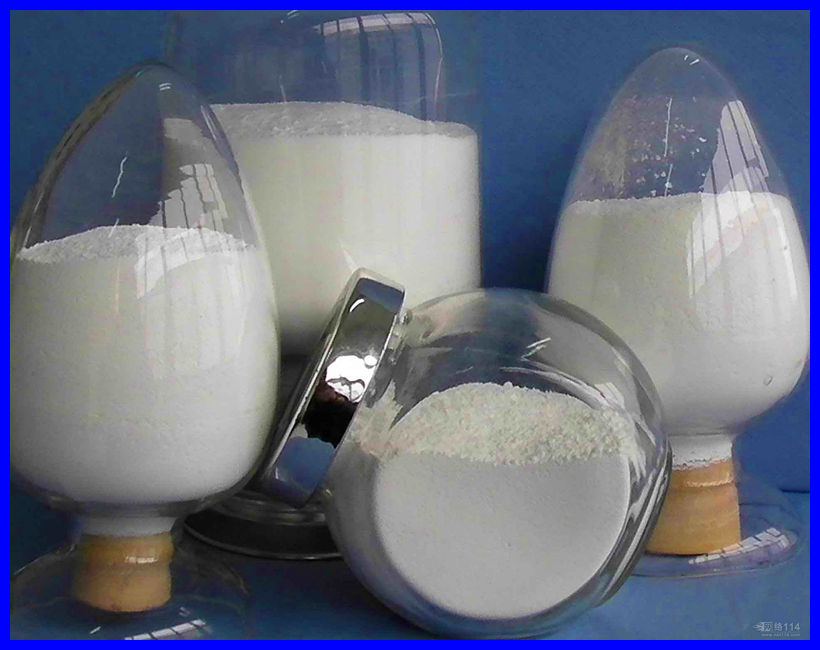Product Center
Company news
China TiO2 -- Color Hybrid Pigments
Unique, Beige and Gray Colored TiO2 Pigments offer formulation cost savings for paints, coatings and plastics.
Titanium Dioxide or TiO2 is the most widely used prime pigment in paints, coatings, plastics, paper and many other products. Typically TiO2 provides opacity and whiteness to end products. HITOX and TIOPREM (heat stable for high temperature applications), however, are unique beige and gray colored Rutile TiO2 pigments. They occupy a marketing niche as high quality, color pigments that offer cost savings by replacing some of the more expensive color pigments as well as white TiO2 in a broad range of color formulations.

Titanium dioxide (TiO2) is a naturally occurring mineral used as a bright white pigment for paint, in the food industry as a coloring, in sunscreens and cosmetics, and in other industrial uses. After processing, it is exists as white, powdery solid. Titanium dioxide has excellent ultraviolet (UV) resistant qualities and acts as a UV absorbent.
In the pharmaceutical industry, titanium dioxide is used in most sunscreens to block UVA and UVB rays, similar to zinc oxide. It is also commonly used as pigment for pharmaceutical products such as gelatin capsules, tablet coatings and syrups. In the cosmetics industry, it is used in toothpaste, lipsticks, creams, ointments and powders. It can be used as an opacifier to make pigments opaque.
The FDA has approved the safety of titanium dioxide for use as a colorant in food, drugs and cosmetics, including sunscreens. However, controversy exists as to the safety of titanium dioxide nanoparticles used in the cosmetics industry, for example in sunscreens. Titanium and zinc oxides may be made into the nanoparticle size (0.2-100 nanometers) to reduce the white appearance when applied topically, but retain the UV blocking properties. Recent studies suggest titanium dioxide nanoparticles may be toxic, although further research is needed
News
-
2020-04-12
Titanium dioxide is a new spri
-
2020-04-12
China Titanium Dioxide Industr
-
2020-04-12
A titanium dioxide newcomer in
-
2020-04-12
Jianghu Food Grade Titanium Di
-
2020-04-12
Jianghu Titanium White Announc
-
2020-04-12
FIC 2015:Jianghu food grade ti
-
2020-04-12
FIC 2015 Shanghai Jianghu Tita
-
2020-04-12
Jianghu Brand Titanium dioxide

